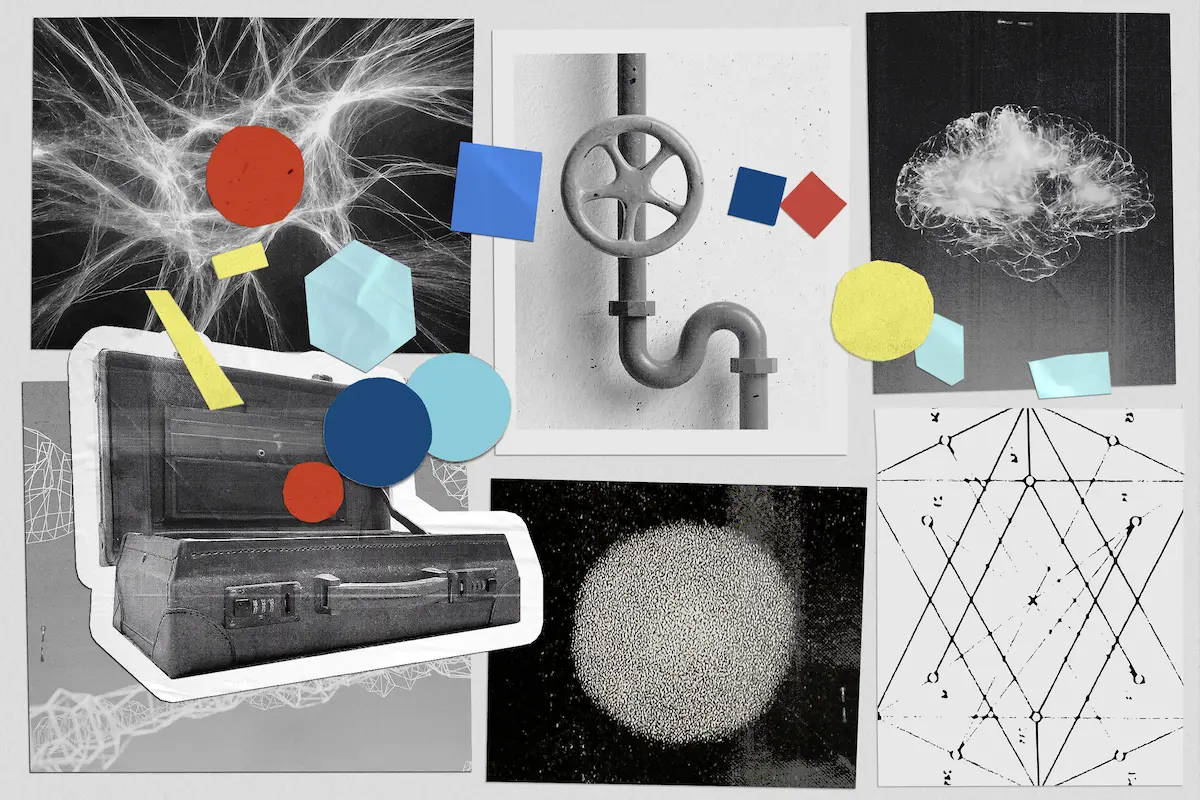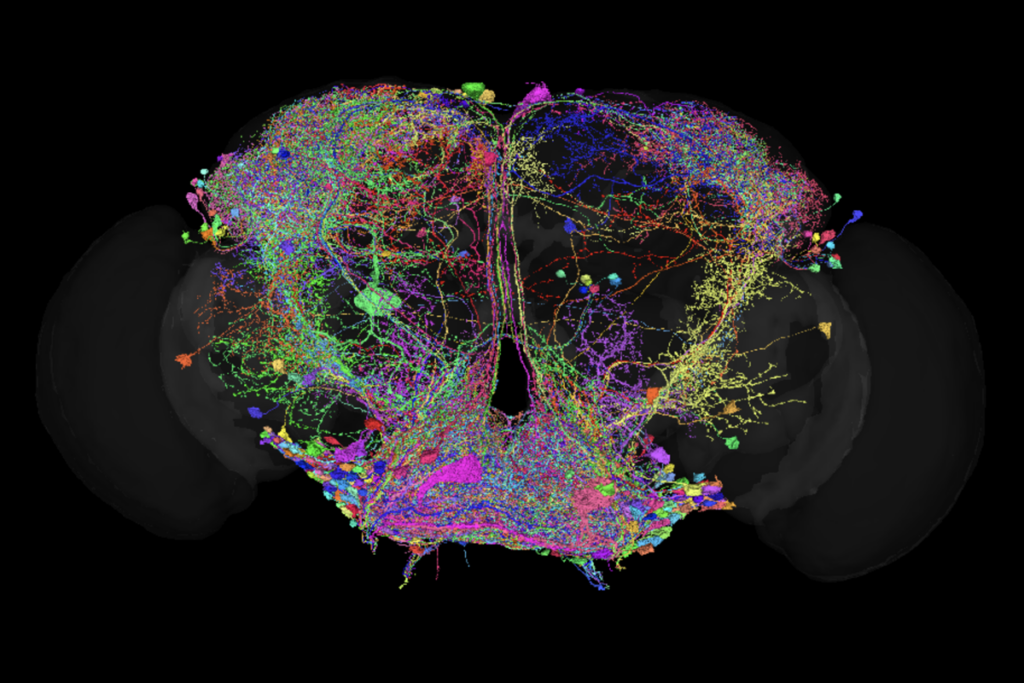In neuroscience, “mechanism” is a common and powerful concept. Mechanisms are often viewed as causal systems, which helps explain their central role in neuroscience. Causes are factors that can control, predict and explain their effects, giving us an understanding of why things happen and a way to target future outcomes. Identifying causal relationships and systems is necessary to understand the natural world, and the brain is no exception. Uncovering the causal structure of the brain—whether at the molecular, cellular, neural-circuit or brain-region scales—plays a crucial role in our understanding of how the brain works.
Mechanism isn’t just a common causal concept in neuroscience—it is often viewed as the causal concept required to understand the brain. To that end, funding agencies, including the National Science Foundation and the National Institutes of Health, and top neuroscience journals often refer to “mechanism” and “mechanistic findings” to determine what research they should fund and publish. It’s clearly a status term in neuroscience, intended to capture the standard of quality work in the field.
Despite its centrality and use as a field-wide standard, though, mechanism means different things to different people. To some neuroscientists, mechanisms are reductive causal systems, with lower-level parts that mechanically or locally interact. Standard examples are mechanisms of neuron firing, gene expression and antibody production, all of which fall at the molecular and cellular level. This traditional mechanism view is related to machine-like conceptions of biological systems, in which systems comprise lower-level causes, and these causes interact in close spatial proximity.
For other neuroscientists, however, mechanism also refers to macro-scale causal systems, such as causal circuits, topologies and networks. This “systems-level” picture of mechanism includes higher-level causal structures, which are more abstract and have spatially distant causes. Such macro-scale systems include network and neural connectivity explanations of efficient signal transmission, circuit motif explanations of oscillatory and other complex behaviors, network explanations in simulated lesion analyses, and brain connectivity explanations of disorders and diseases. These macro-scale causal systems can explain various neural outcomes without requiring lower-level molecular and cellular detail.
What exactly is the problem with different uses of the mechanism concept? Simply put, making progress in neuroscience becomes significantly harder when the term mechanism lacks a clear, consistent meaning.
E
vidence of the multiple uses of mechanism is found in neuroscience articles throughout the field and in reviewer disagreements about whether a paper provides mechanistic insights. Journals often require “mechanistic insights” for publication, but editors are unable to provide specific guidance on what exactly this means, and reviewers often disagree about whether a paper meets these criteria. This variably defined term affects both theoretical discussions and practical aspects of publication. And it makes it particularly challenging to advance discussions on causality in the field, the causal structure of the brain and different types of causes in neuroscience.What can be done to address these challenges? First, researchers, editors and grant offices can clearly specify which notion of mechanism they use. Such a solution seems practical for different uses of other sorts of scientific terms, such as high blood pressure or Alzheimer’s disease. Second, we could even out the status of this term with other causal terms in the field—viewing causal circuit, causal network and causal constraint as equally valid and valuable terms. Third, we could support the field’s move toward unpacking the mechanism concept. In its current usage, mechanism resembles a “suitcase-like” word, a phrase Marvin Minsky coined to describe terms that house a multitude of diverse entities. Minsky claimed this was the case with words such as emotion, love and intelligence, each of which is a catch-all expression for a variety of things.
Although suitcase terms have the advantage of generality, they are also highly vague. According to Minsky, a suitcase word means “nothing by itself, but holds a bunch of things inside that you have to unpack” and is often used to “conceal the complexity of a very large range of different things whose relationships we don’t yet comprehend.” Moreover, if mechanism is a suitcase-like term, it may be too coarse-grained to distinguish the different types of causal systems that matter in neuroscience.
As the late Daniel Dennett stated, “There is no such thing as philosophy-free science; there is only science whose philosophical baggage is taken on board without examination.” The focus on mechanism in grant calls and publication guidelines suggests that it is high time for the field to address the variably defined term. If we can’t clarify what mechanism means, should we reconsider its role as a guide and standard for the field?
To examine how different subfields of neuroscience think about mechanisms, we asked researchers three questions. How is the notion of “mechanism” used and valued in your subfield? Are there other types of causal systems (or evidence) that you think should be given more weight? Does the apparent preference for mechanisms in journal guidelines and grant calls capture its status in your subfield?






